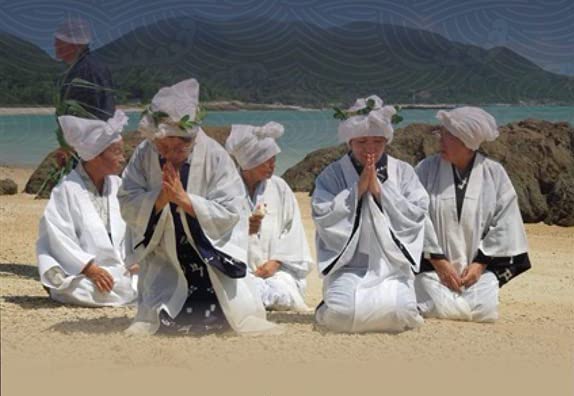An Anatomical Atlas of the 18th Century
The illustrations engraved on wood in 'Kaishi Hen' are the vestiges of the first human dissections that took place in Japan.
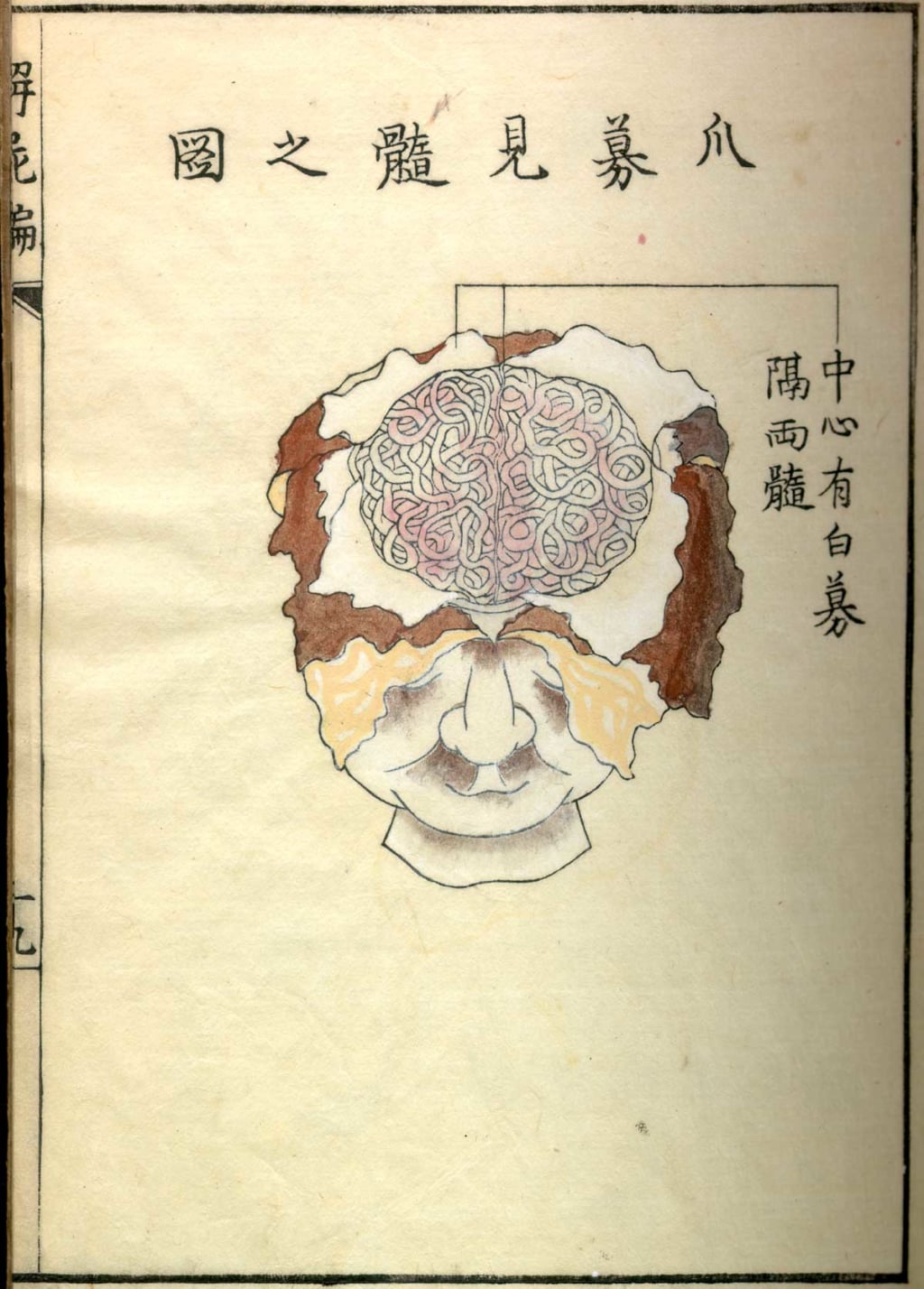
© Public Domain
This series of 23 illustrations, compiled in an anatomical atlas entitled Kaishi Hen, represents various cross-sections of the human body. These hand-coloured wood engravings are the work of Japanese painter and sculptor Aoki Shukuya, and are based on sketches by Shinnin Kawaguchi, a disciple of Gengai Ogino, a Japanese doctor who studied Western medical theory.
The beginnings of experimental medicine
This anatomical atlas, published in 1772, marked the beginnings of experimental medicine in Japan. Its illustrations of intestines, the brain, the skeleton, and lungs depict the dissection of the body of a criminal executed in Kyoto two years earlier. At the time, this was only the third human dissection to have been carried out in Japan, the first having taken place in 1750 and also having been documented through wood engravings, carried out by artist Asanuma Suketsune and included in the book A Galaxy of Old Japanese Medical Books I. Dissection had been forbidden in the country since antiquity, and was only officially authorised in 1858.
Kaishi Hen (1772) is an anatomical atlas engraved on wood by Aoki Shukuya and digitised by the United States National Library of Medicine.
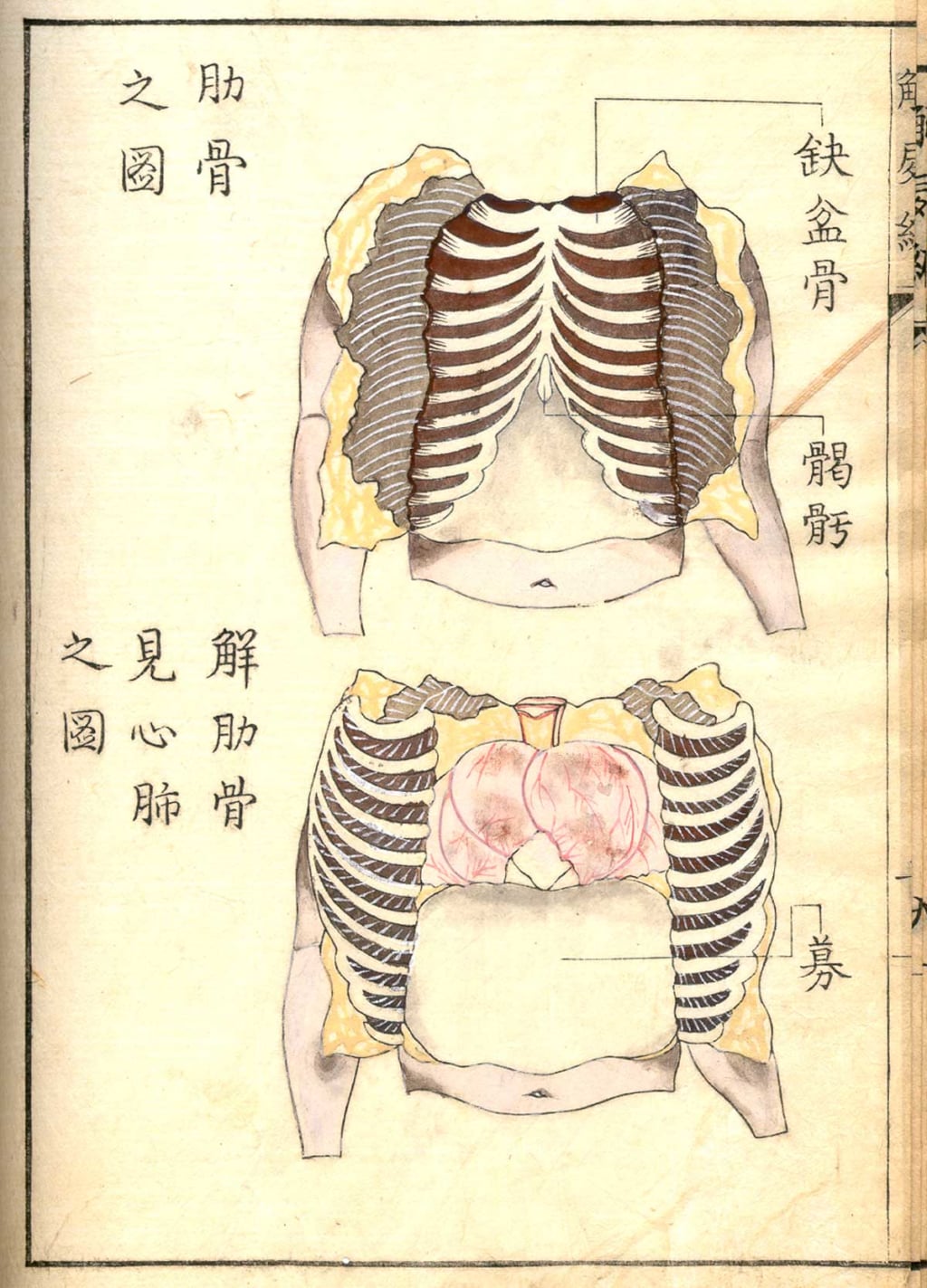
© Public Domain
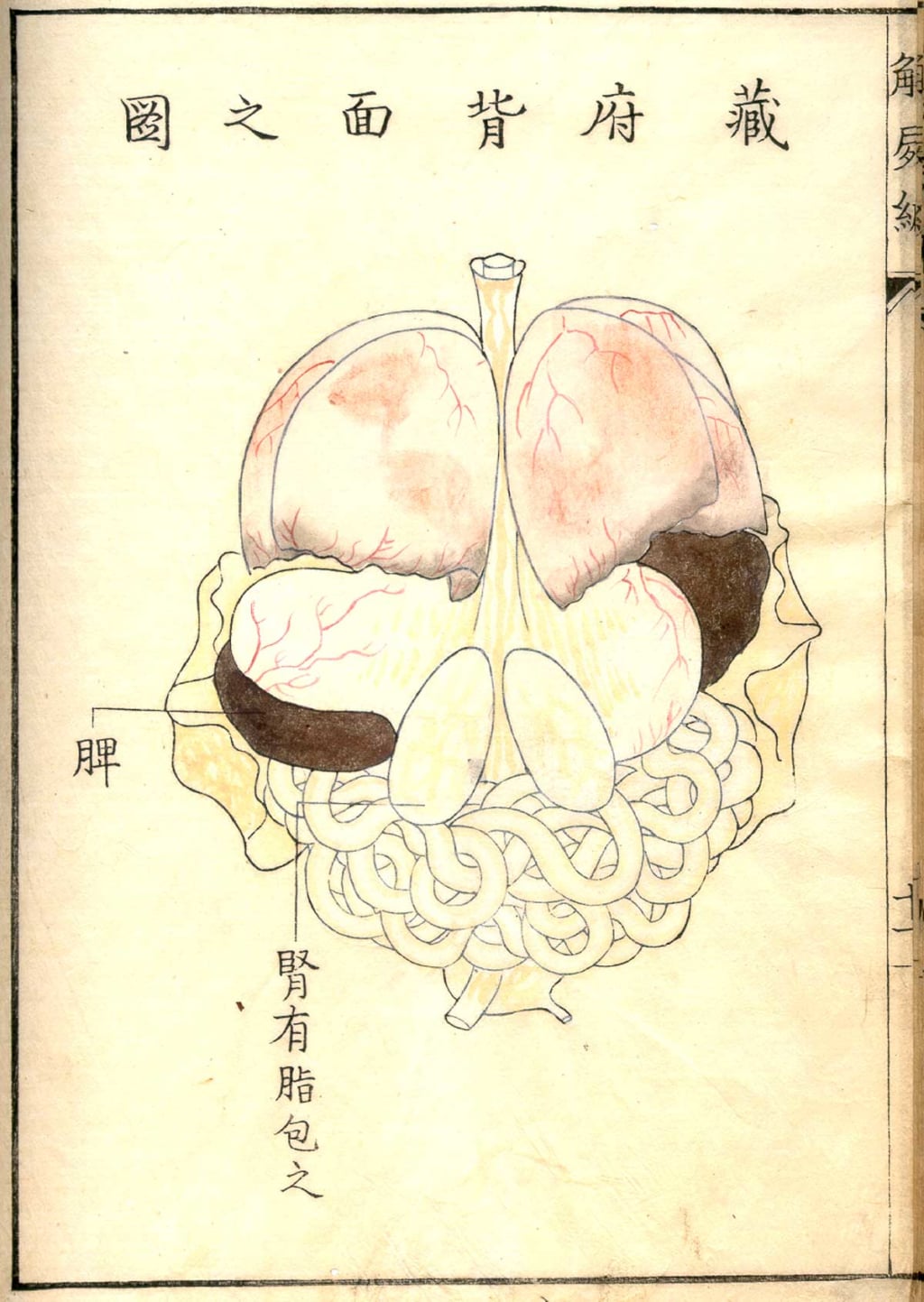
© Public Domain
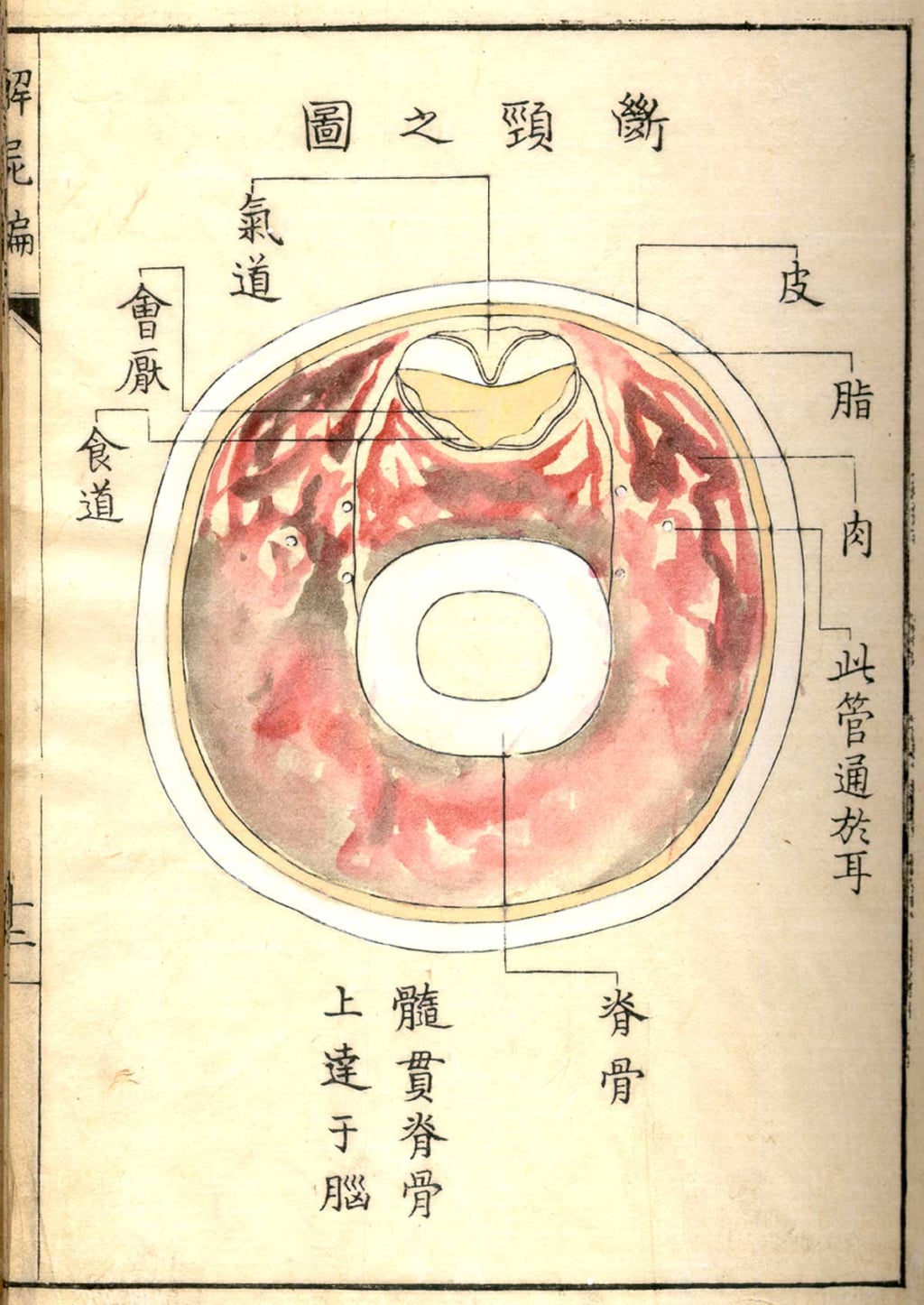
© Public Domain
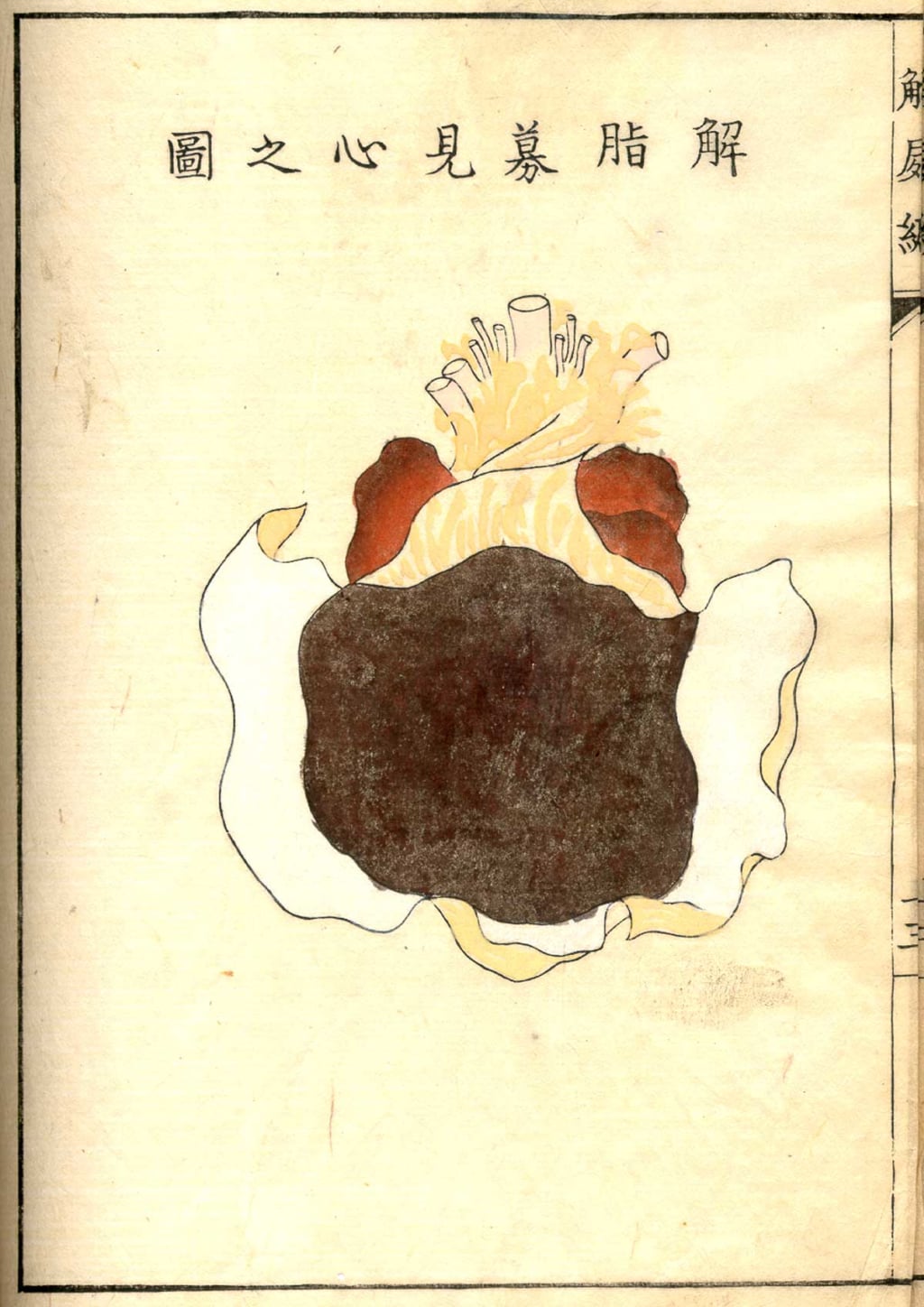
© Public Domain
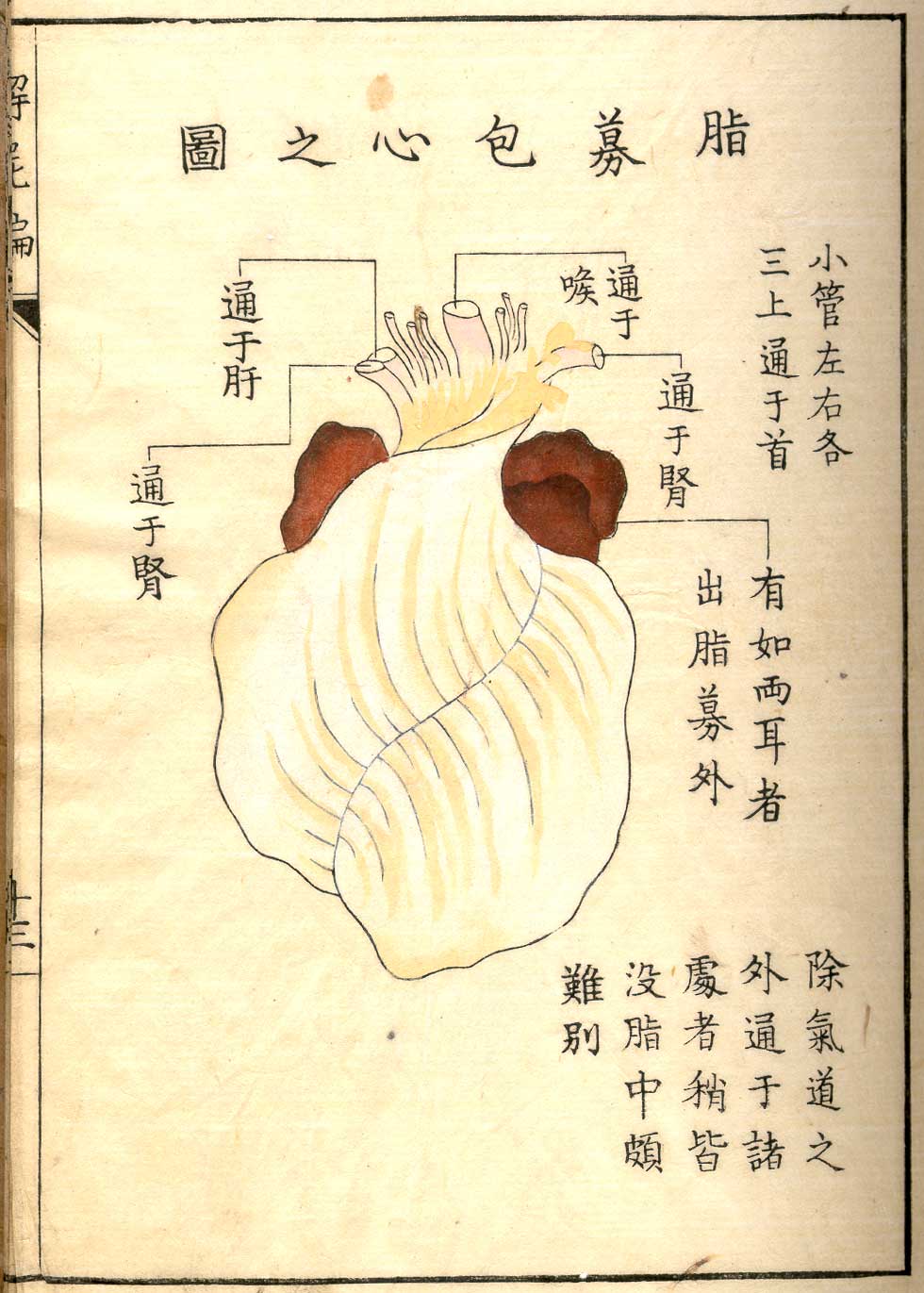
© Public Domain
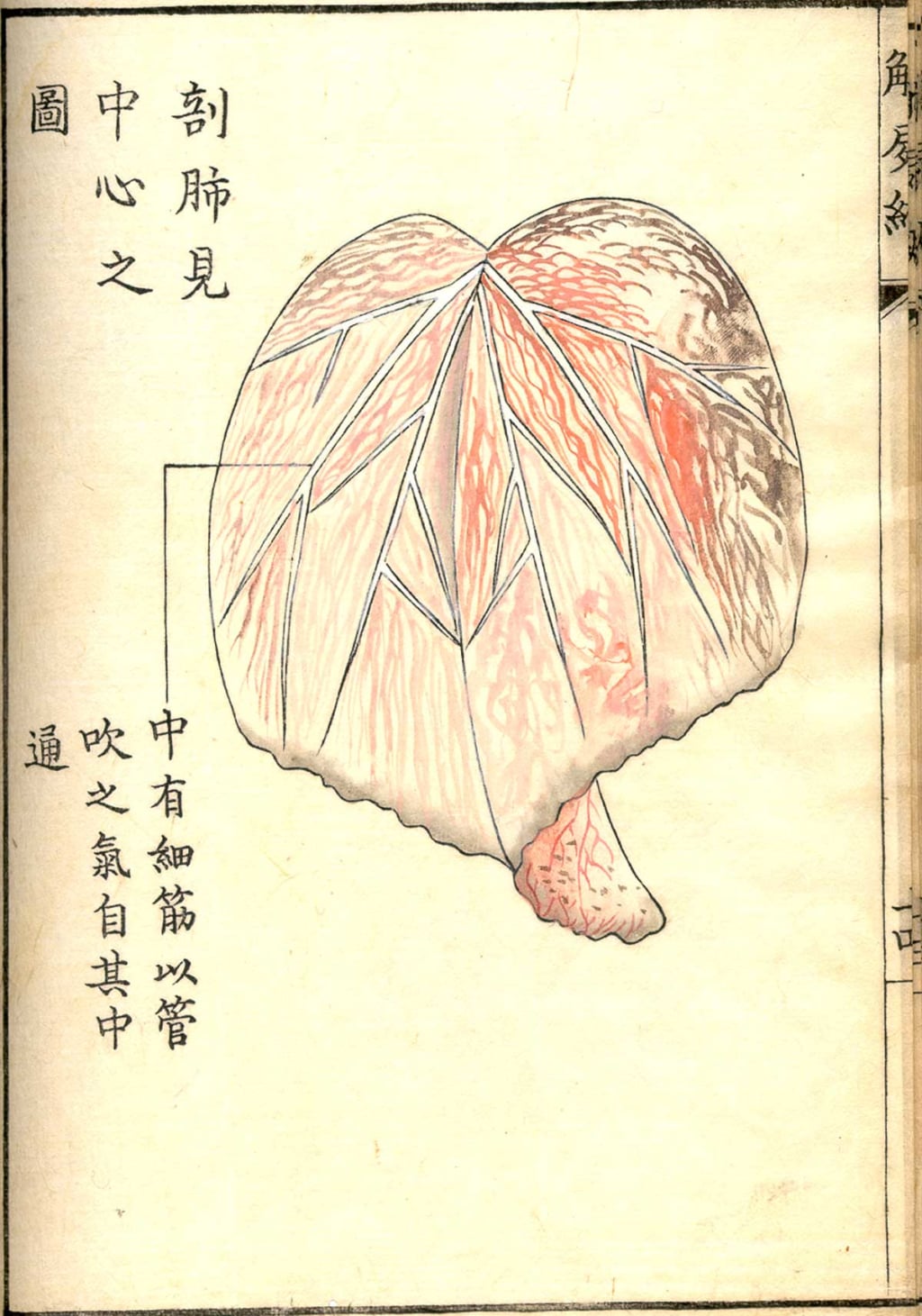
© Public Domain
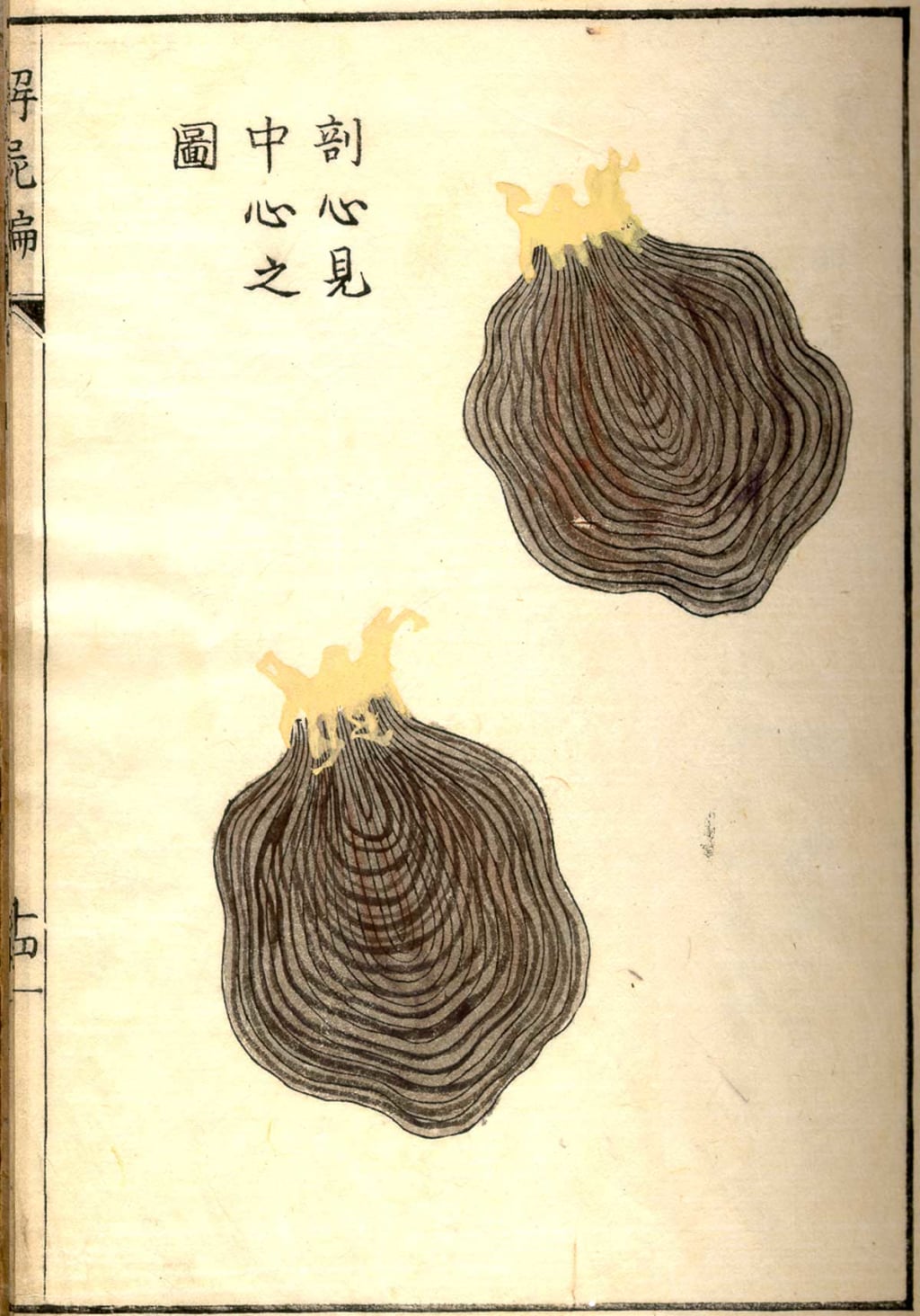
© Public Domain
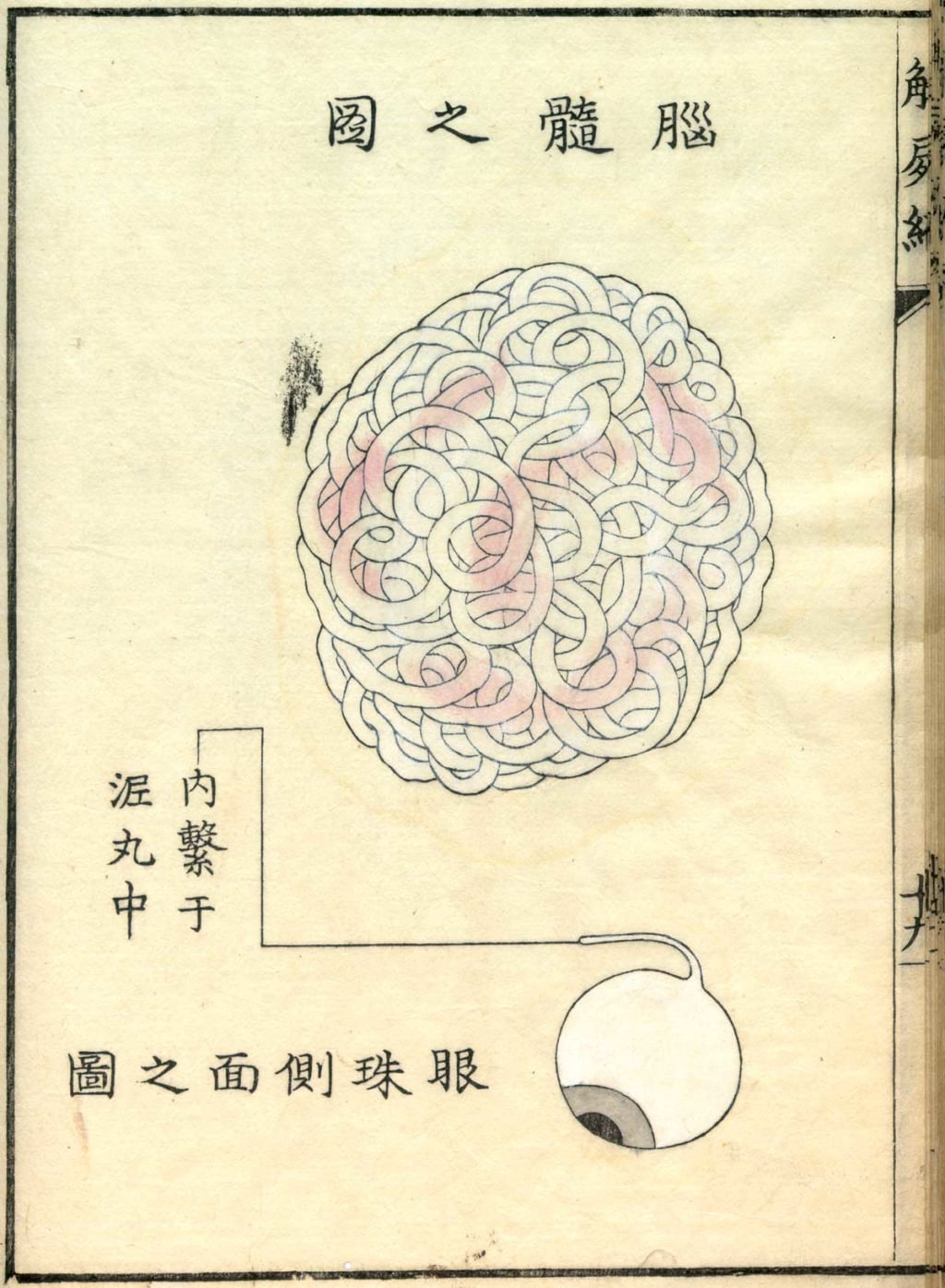
© Public Domain
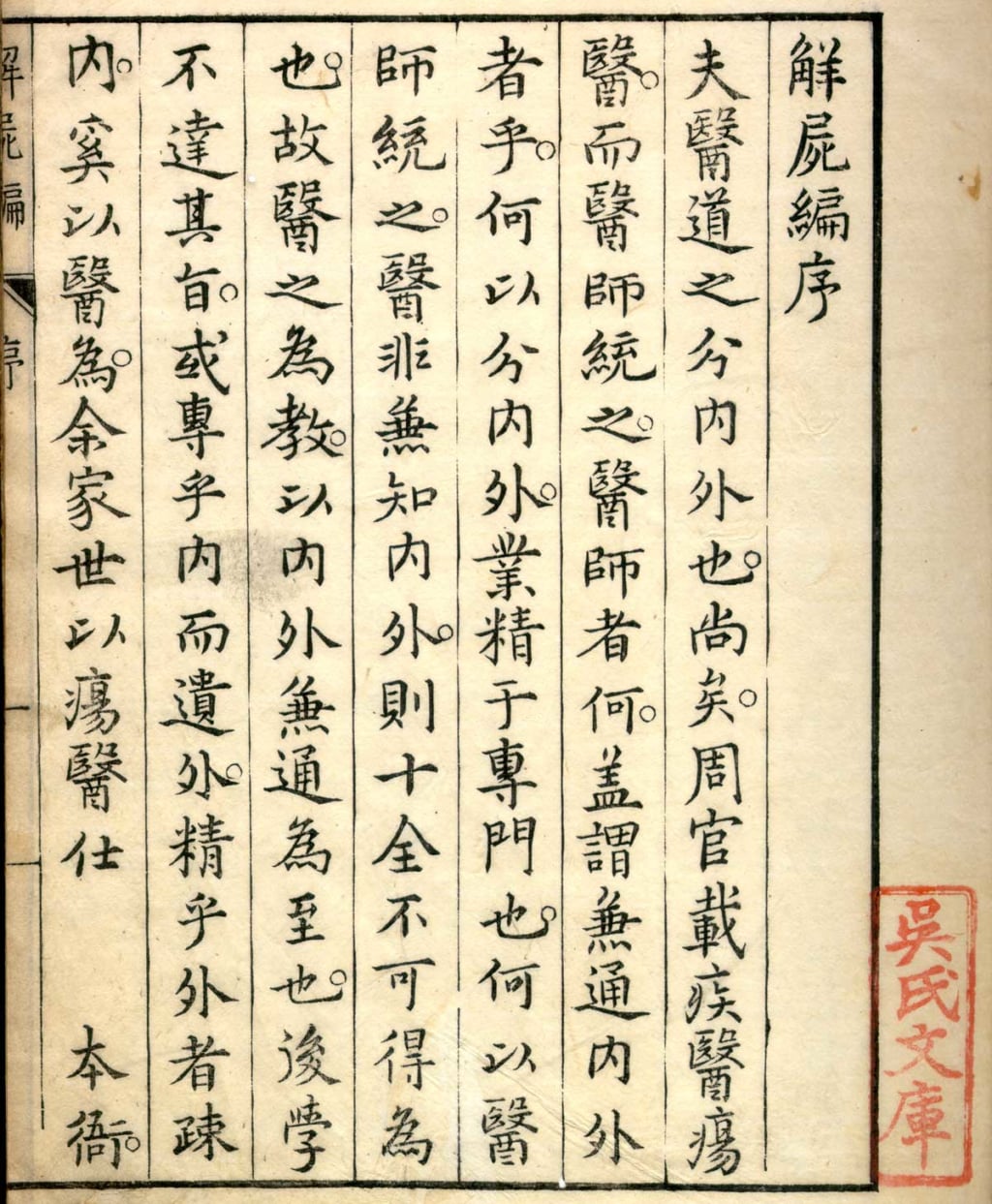
© Public Domain
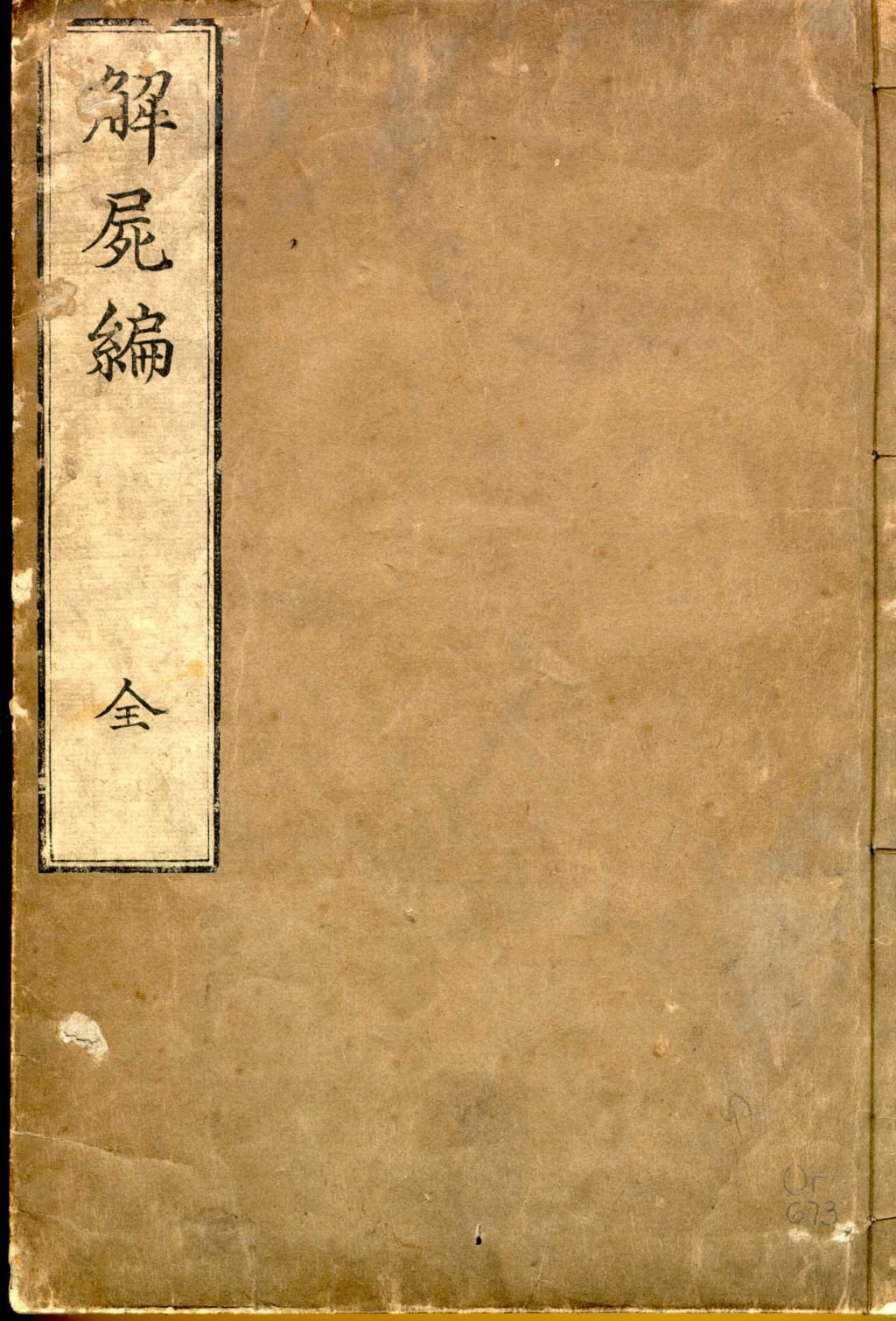
© Public Domain
TRENDING
-
The Tradition of the Black Eggs of Mount Hakone
In the volcanic valley of Owakudani, curious looking black eggs with beneficial properties are cooked in the sulphurous waters.

-
Gashadokuro, the Legend of the Starving Skeleton
This mythical creature, with a thirst for blood and revenge, has been a fearsome presence in Japanese popular culture for centuries.

-
A Rare Japanese Garden Hidden Within Honen-in Temple in Kyoto
Visible only twice a year, ‘Empty River’, designed by landscape architect Marc Peter Keane, evokes the carbon cycle.

-
‘YUGEN’ at Art Fair Tokyo: Illumination through Obscurity
In this exhibition curated by Tara Londi, eight international artists gave their rendition of the fundamental Japanese aesthetic concept.

-
An Encounter with the Last Shamans in Japan
Sociologist Muriel Jolivet's book offers an analysis combined with a travelogue and interviews with these women with supernatural powers.





